Tensions between India and Pakistan have escalated once again following the April 22 terror attack in Pahalgam, Jammu and Kashmir, which claimed the lives of 26 civilians.
In the aftermath, the Indian government initiated a series of retaliatory measures and strategic recalibrations, while Pakistan has also undertaken parallel steps that have further strained diplomatic ties.
As both nations remain on high military alert, analysts warn that any misstep could push South Asia toward conflict.
In response to the April 22 attack, Prime Minister Narendra Modi reportedly authorised the Indian armed forces to independently decide the nature and timing of India’s response.
A detailed comparison of the two countries’ military strength, defence budgets and nuclear arsenals reveals the scope of their capabilities and the balance of power in the region.
Military size & manpower: India holds the numerical advantage
India significantly outpaces Pakistan in terms of active military personnel, reserves, and paramilitary forces. According to the Global Firepower Index 2025, India ranks fourth globally, while Pakistan holds the twelfth position, having fallen from ninth.
India fields approximately 1.46 million active troops with an additional 1.15 million in reserves, alongside 2.5 million paramilitary personnel.
In contrast, Pakistan maintains 654,000 active soldiers, around 500,000 paramilitary forces, and according to another estimate, 291,000 paramilitary police.
This demographic edge is supported by India’s vast population, with nearly 24 million individuals reaching military age annually, compared to 4.8 million in Pakistan. This youthful demographic provides India with a deeper and more sustainable recruitment base for future force expansion.
Defence spending shows a significant divide
A major factor in the disparity between the two militaries lies in their respective defence budgets.
India has allocated approximately ₹6.81 trillion ($79–81 billion) for FY2025–26, marking a 9.5 per cent increase from the previous year. This places India among the top five global military spenders.
Pakistan’s defence expenditure, by comparison, is considerably lower, with an estimated allocation of ₹2.28 trillion ($7.6–10 billion) for FY2025–26, reflecting a year-on-year increase of around Rs 159 billion.
India’s greater financial bandwidth has allowed it to modernise its forces and diversify its procurement sources.
Traditionally reliant on Russia, India has expanded imports from France, Israel and the United States. Domestic production has also risen, including projects involving aircraft carriers, submarines and helicopters.
As per the Stockholm International Peace Research Institute (SIPRI), India has become the world’s largest arms importer, while reducing its dependence on Russia — from 76 per cent of total imports in 2009–2013 to 36 per cent between 2019–2023.
Pakistan, on the other hand, sources a dominant share of its military hardware from China. SIPRI data shows that 82 per cent of Pakistan’s imports between 2019–2023 came from China, up from 51 per cent in 2009–2012.
It also receives advanced systems and drones from Turkey, and has historical procurement ties with France and Russia.
Land forces: Tanks, artillery and mechanised strength
India holds a significant advantage in mechanised warfare platforms.
Its ground force arsenal includes 4,201 tanks, notably the T-90 Bhishma and domestically developed Arjun series, as well as over 148,000 armoured vehicles — roughly three times Pakistan’s count.
Pakistan operates around 2,627 tanks and 6,137 armoured fighting vehicles. In the artillery domain, India again leads with 11,225 pieces, in comparison to Pakistan’s 4,619.
Although Pakistan has a greater number of self-propelled artillery systems, the overall firepower and quantity of India’s land systems afford it greater flexibility in both conventional and hybrid conflict scenarios.
India vs Pakistan on air superiority
India’s air force is larger and better equipped across most parameters. It operates a total of 2,229 aircraft, including 513 fighter jets such as the Su-30MKI, Rafale and indigenous Tejas fighters.
Its fleet also comprises 899 helicopters, including attack and utility variants, and six aerial refuelling tankers.
Pakistan, by contrast, operates 1,399 aircraft, which include 328 fighter jets — primarily the F-16 and JF-17 Thunder — and 373 helicopters. Pakistan has four aerial tankers.
However, it surpasses India in the number of military trainer aircraft, with 565 compared to India’s 351, aiding in faster pilot training cycles.
Blue-water vs Green-water capabilities
India’s navy is significantly more capable, both in size and strategic depth. With 293 vessels, including two aircraft carriers — INS Vikramaditya and INS Vikrant — 13 destroyers and 18 submarines, India qualifies as a blue-water navy capable of operating across global maritime zones.
Pakistan’s naval fleet consists of 121 ships, with no aircraft carriers or destroyers and eight submarines. Its operational focus remains limited to the Arabian Sea, classifying it as a green-water navy primarily suited for coastal defence.
India’s larger maritime footprint supports its regional dominance in the Indian Ocean and enhances its strategic deterrence against both Pakistan and China.
Nuclear arsenal and missile tech
Both countries are nuclear-armed, with roughly 170 warheads each, as per the Arms Control Association. India’s policy follows a declared “No First Use” doctrine, while Pakistan retains the right to initiate a nuclear response if deemed necessary.
India’s delivery systems include the Agni series of missiles, with the Agni-V reportedly capable of hitting targets beyond 5,200 km — and up to 8,000 km, according to some assessments.
India is also working on the Agni-VI, which is expected to further extend its intercontinental capabilities.
Pakistan’s missile arsenal includes the Shaheen-III, with a range of 2,750 km, and reportedly under development to surpass 3,000 km with assistance from foreign allies.
Notably, Pakistan has also fielded the Nasr (Hatf-9) tactical nuclear missile, with a range of 70 km, allowing for battlefield-level nuclear deterrence.
Both nations are working to develop triads for nuclear delivery — via land, air and sea — but India currently leads in range and platform diversity.
Who has the better operational experience
While India holds the numerical and technological upper hand, strategic constraints are not insignificant. A large portion of Indian troops are deployed along its northern border with China, which has been a flashpoint in recent years.
Pakistan, meanwhile, focuses on its western frontier, managing spillover threats from Afghanistan.
“India’s military is larger, but it has the strategic challenges of two borders to defend,” Bloomberg quoted Harsh Pant, Vice President of the Observer Research Foundation, highlighting the multidimensional demands placed on Indian forces.
Both nations have invested in surveillance and drone technology. Pakistan’s military recently claimed to have downed an Indian surveillance drone along the Line of Control (LoC), showing how tactical engagements persist despite broader deterrence.
Also Watch:
India’s superior economy and military infrastructure provide it with a commanding edge across most conventional parameters, while Pakistan relies on tactical nuclear capabilities and asymmetric strategies for deterrence.
Although both countries have modernised their forces since the 2019 Balakot airstrikes, the present standoff serves as a sobering reminder of how quickly events can spiral.
With inputs from agencies


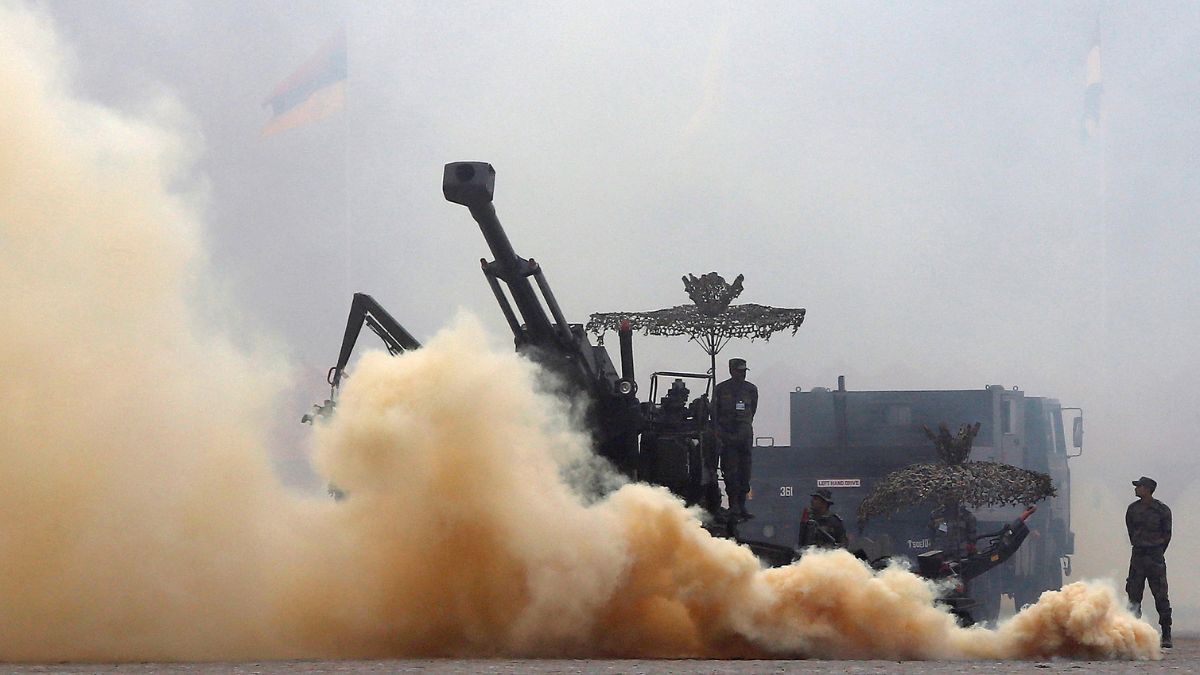)
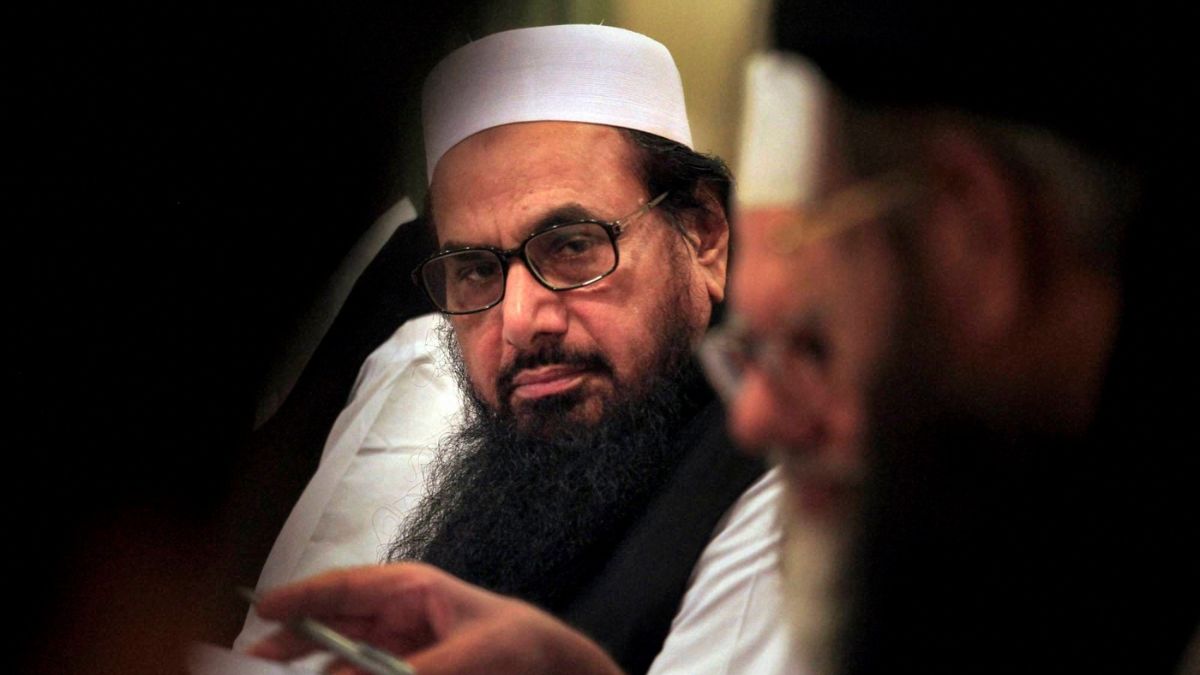)
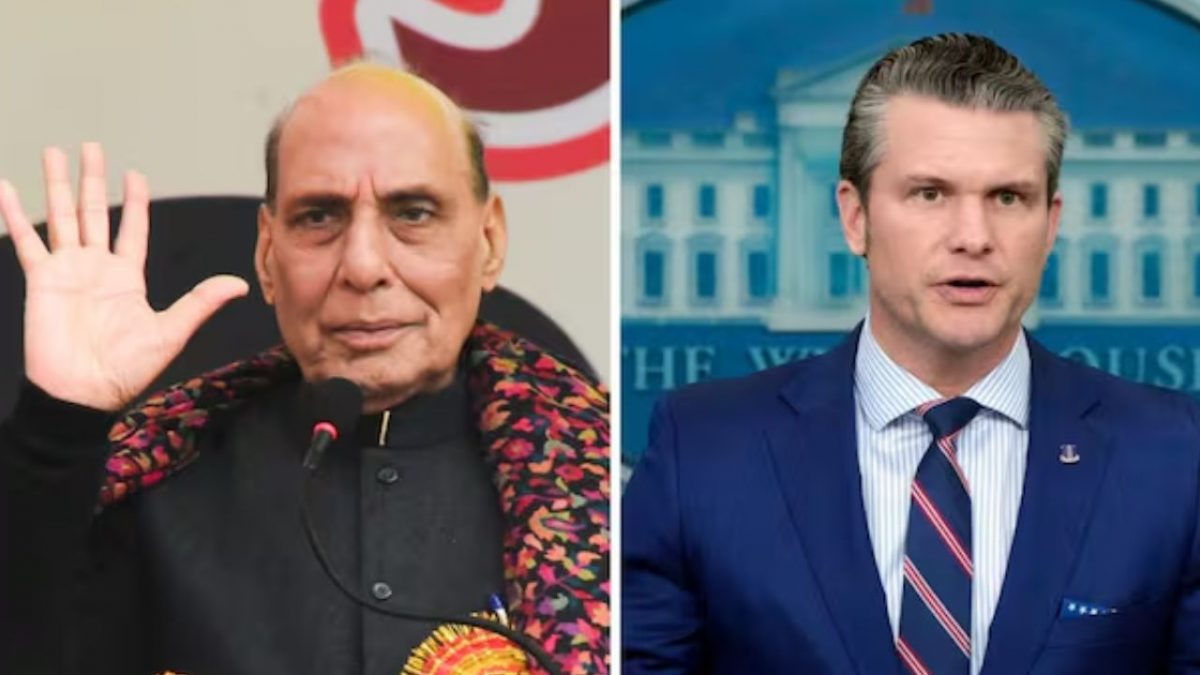)
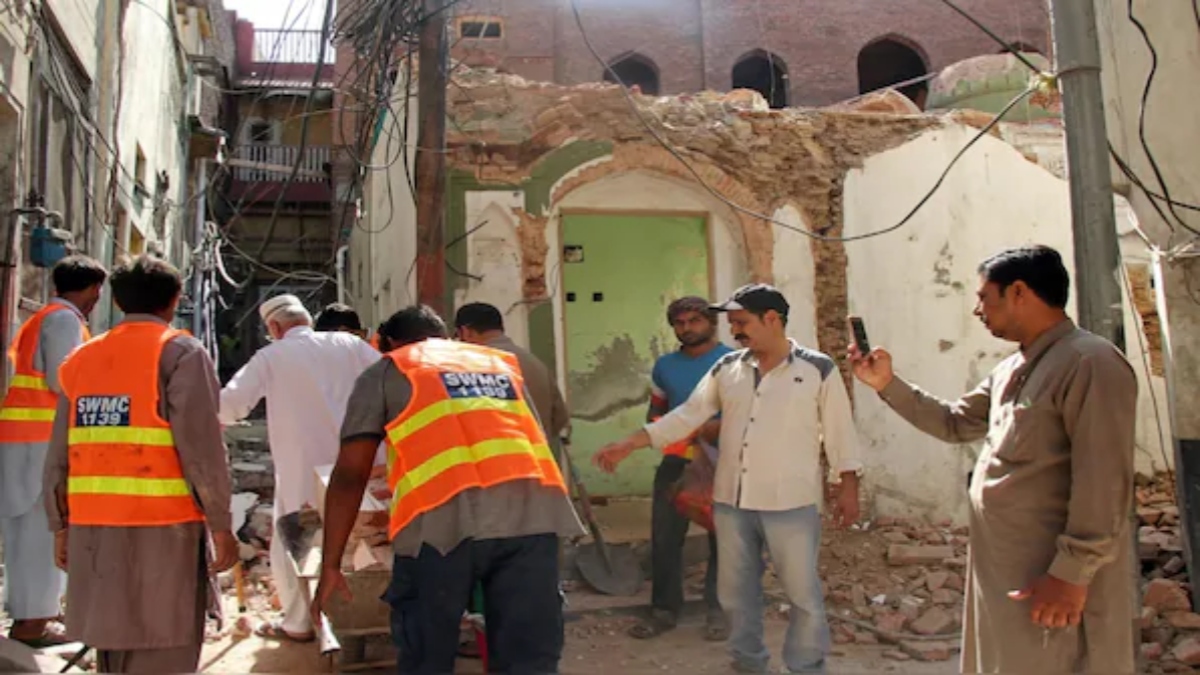)
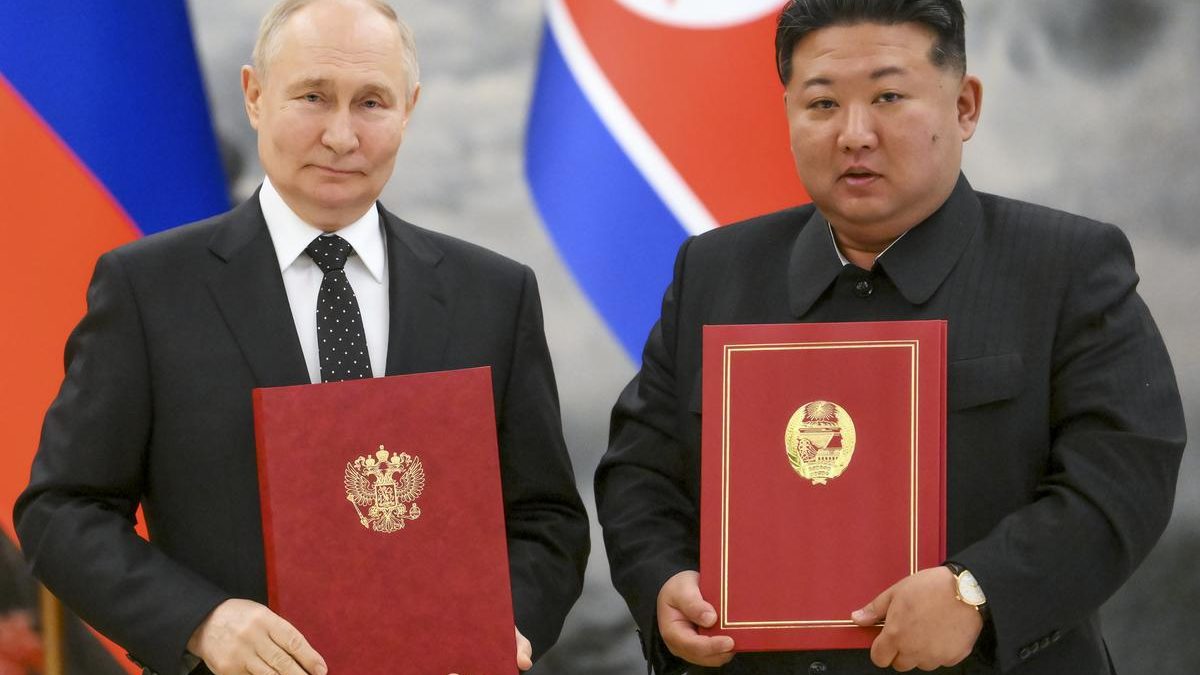)
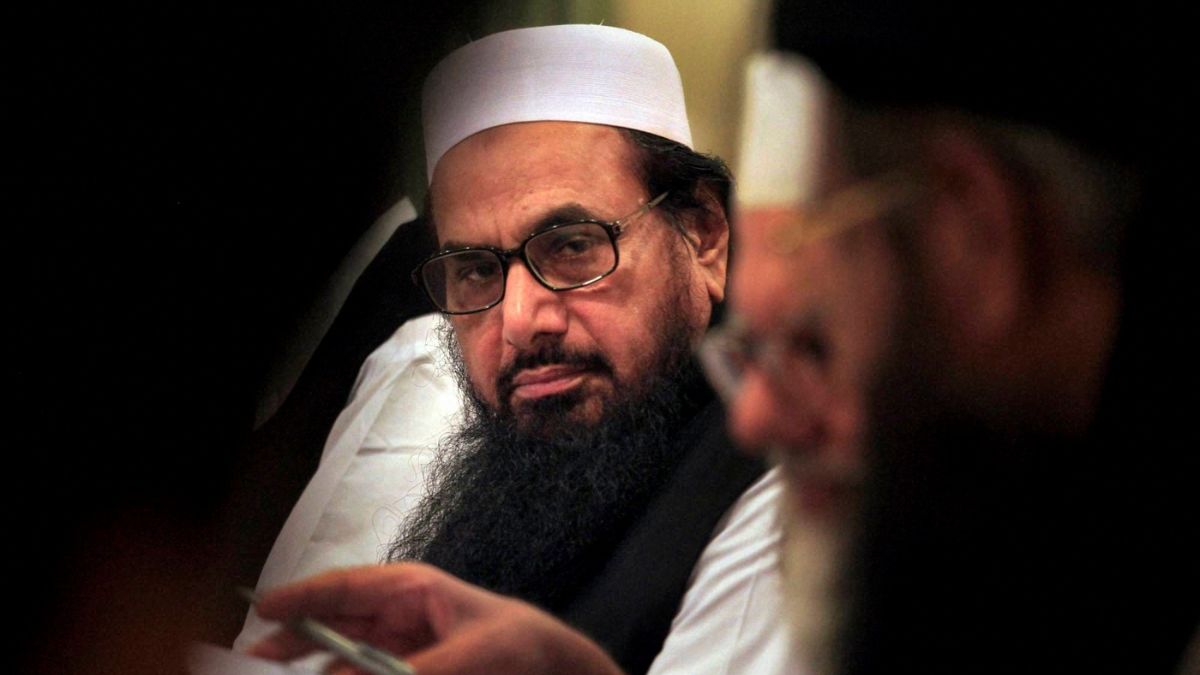)
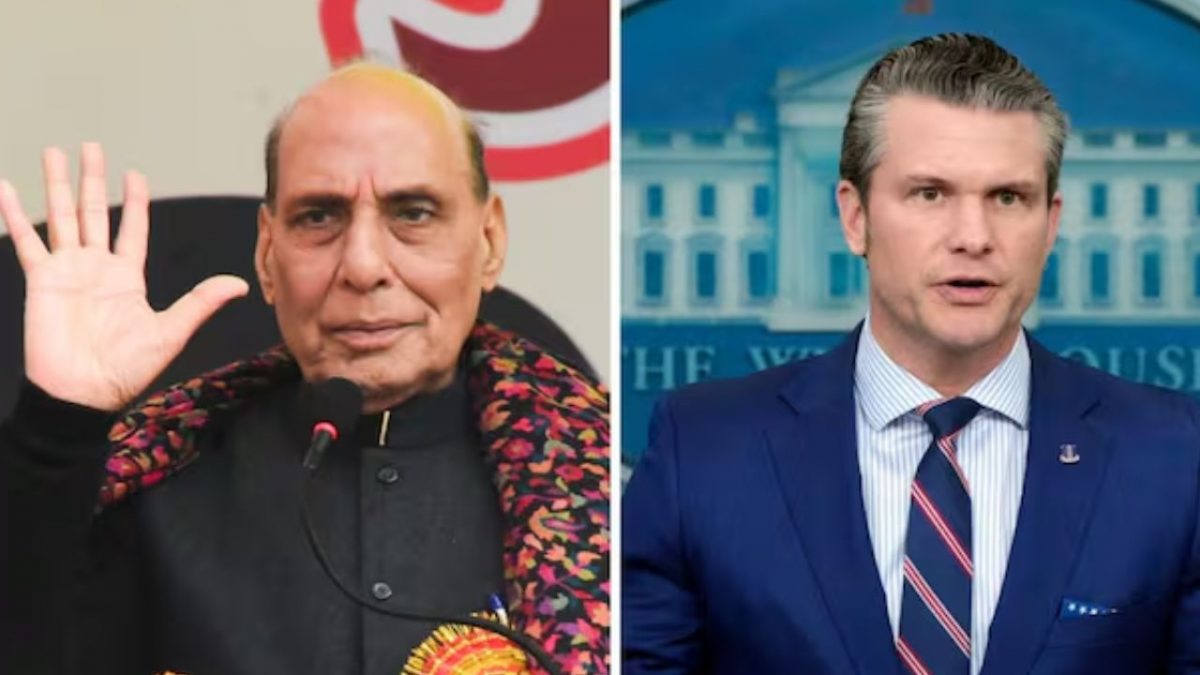)
)
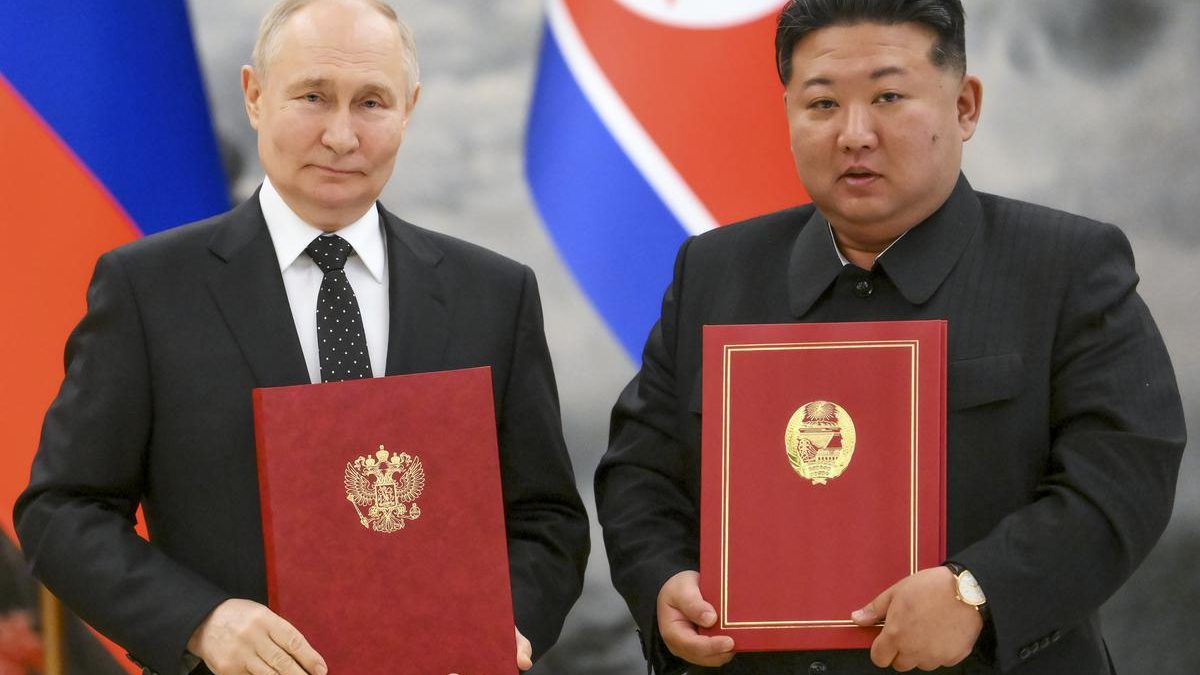)